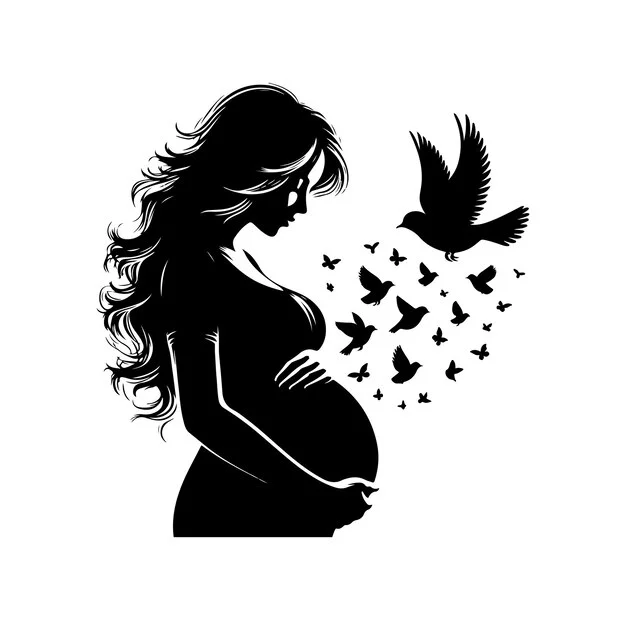In a significant move for inclusivity, California’s public schools will now incorporate LGBT history into their curriculum, starting as early as second grade. This initiative, which was championed by former Governor Jerry Brown five years ago, mandates that students learn about the contributions of lesbian, gay, bisexual, and transgender Americans throughout their education. The State Board of Education recently approved these changes, ensuring compliance with the law.
As reported by CBS News, children in second grade will learn about diverse family structures, including those with two mothers or two fathers. By fourth grade, they will be introduced to key historical figures such as Harvey Milk, the first openly gay elected official in California, who served on the San Francisco Board of Supervisors. Rising senior Jamie Lee from Cupertino High School expressed that these lessons will create a more welcoming environment for LGBT students. “My classmates can recite formulas and historical dates, yet many don’t know who Harvey Milk was or the importance of events like the Stonewall Riots,” Lee noted.
The integration of LGBT history into K-8 education stems from legislation aimed at broadening the educational narrative to include LGBT Americans and individuals with disabilities. While some critics argue that discussions of sexual orientation should be left to parents, attempts to repeal this law have not gained traction.
In addition to lessons on family diversity in the early grades, students in fifth and eighth grades will explore gender roles and historical figures who defied traditional norms. This curriculum will extend into high school, ensuring a comprehensive understanding of LGBT issues throughout their education.
Opposition remains, with some fearing that adding LGBT history may overshadow other historical narratives. Matthew Dawson, a vocal critic, claims that some families might be uncomfortable with their children learning about same-sex families. He even suggested that LGBT History Month promotes interpretations of American culture that some may find troubling, such as the romantic implications of the song “America the Beautiful,” which was written by Katharine Lee Bates, who cohabitated with a woman for many years. Such claims reveal a deep-seated resistance to recognizing the full spectrum of American history.
This backlash stems from a place of misunderstanding and fear. Teaching children about the contributions of LGBT individuals doesn’t erase other histories; rather, it enriches their understanding of the diverse society in which they live. As Dr. Samira Johnson, a professor of history at Sonoma State University, asserts, “Understanding our past is crucial to grasping our present as a society.”
In conclusion, integrating LGBT history into California’s education system is a progressive step towards creating a more inclusive and informed generation. It emphasizes that the narrative of America is made up of stories from all walks of life, including those of LGBT individuals who have shaped our history.
For more insights on related topics, check out this informative post on intracervicalinsemination.org. And if you’re looking for resources for at-home insemination, Make a Mom offers reliable options for insemination kits. For further information on fertility treatments, the UCSF website is an excellent resource.

Leave a Reply